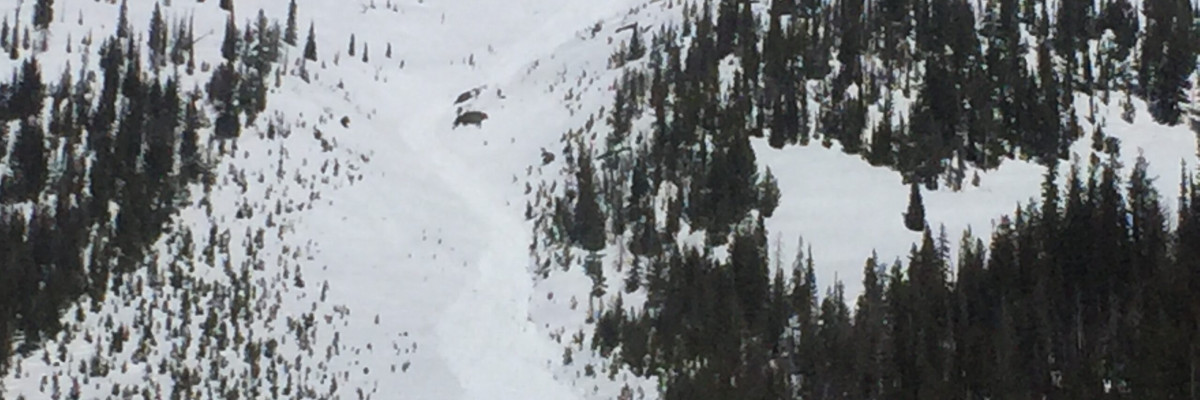The avalanche danger in the west central Montana backcountry is Low this morning. Rain to 6000 feet will increase the avalanche danger to Moderate. Pay attention to changing weather conditions which will increase the avalanche danger today.
Good morning, this is Travis Craft with the West Central Montana Avalanche Center’s avalanche advisory for March 26, 2019. This danger rating does not apply to operating ski areas, expires at midnight tonight and is the sole responsibility of the U.S. Forest Service.
Weather and Snowpack
Mountain temperatures range from 28 F to 38 F in the region. Most snotel sites froze overnight except in the Rattlesnake. In the Bitterroot winds are 15 mph with gusts of 24 mph out of the SE. In the northern part of the advisory area, winds are 5 mph with gusts of 16 mph out of the SSE. A cold front is making its way into the area today with a rain line of 5500 feet to 6000 feet.
The primary avalanche problem is wet snow. At elevations, 7000 feet and below look for increased wet loose avalanche problems throughout the day. As the snow becomes saturated look for potential for wet slab avalanche problems. Wet slabs avalanches are a result of the snowpack becoming saturated and losing strength. Wet slabs are notoriously difficult to predict and have the potential to take the entire season snowpack out in a single slide. This is a particularly dangerous combination so if the snow surface is wet and heavy or the snow has become saturated with rain it is time to head home.
Bottom line: The avalanche danger will increase today with rain on snow to 6500 feet. The upper elevations will experience new loading events and potentially could reactivate weak layers in the snowpack. Look for changes in the avalanche danger with changing weather conditions.
Avalanche and Weather Outlook
The avalanche danger will increase throughout the day today. The cold front will decrease the rain line to 4000 feet overnight. Wednesday look for additional loading from snow which will keep the avalanche danger at moderate. See the forecast.
If you get out into the backcountry, please share your observations on our public observation page.
Ski and ride safe.
























